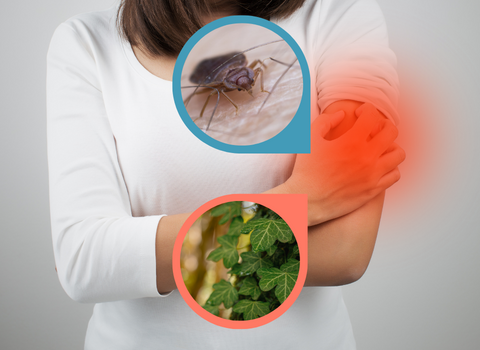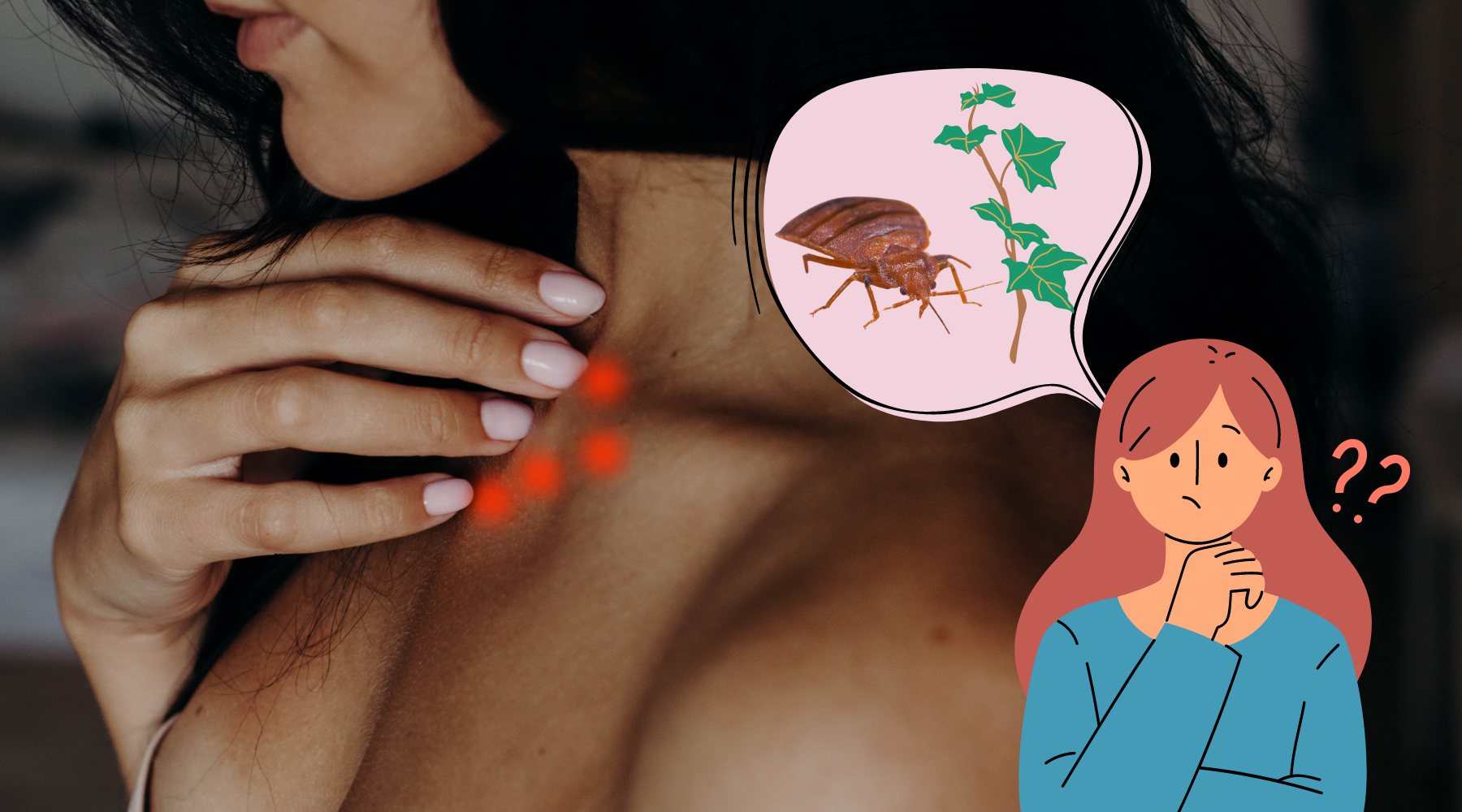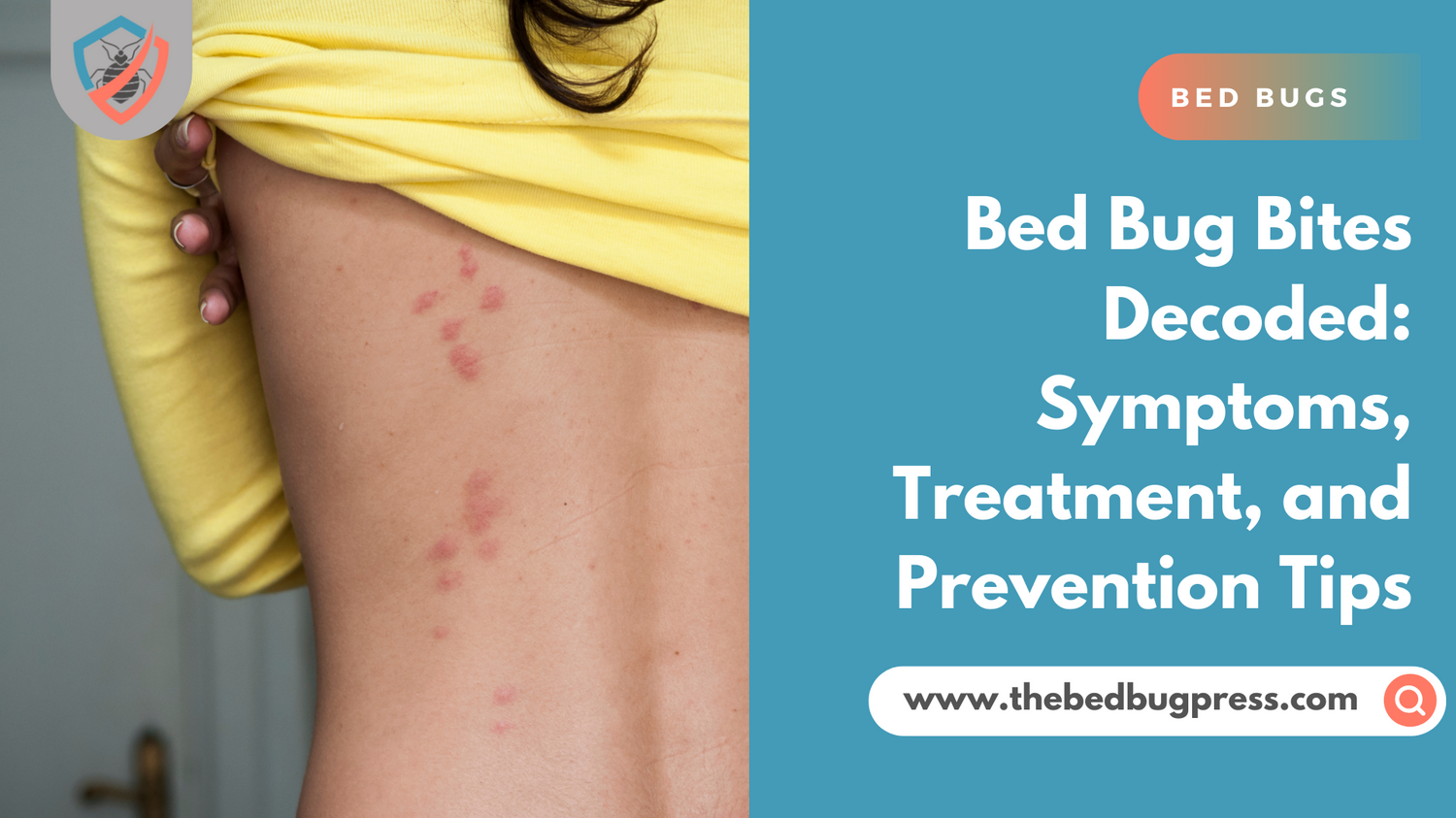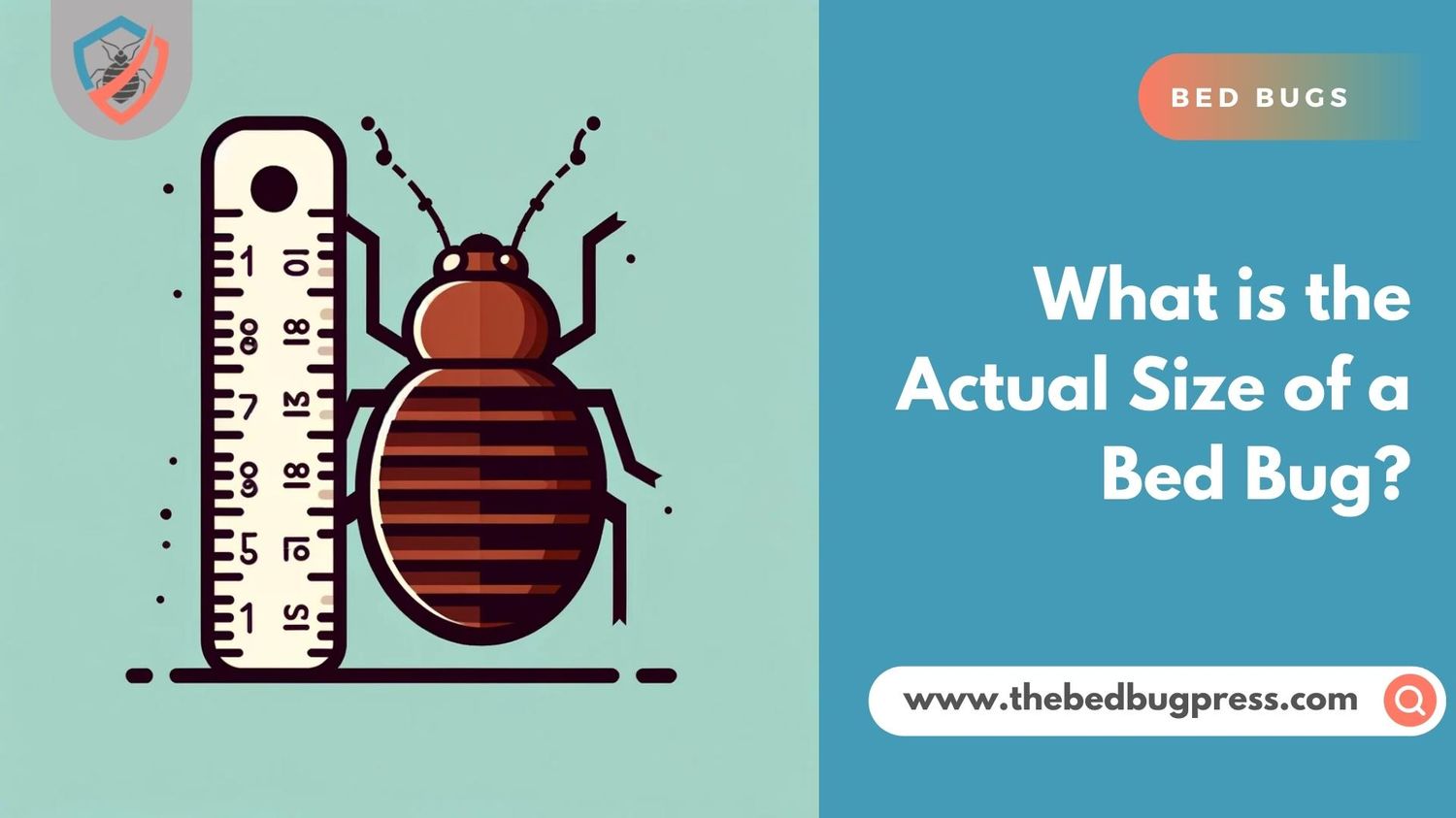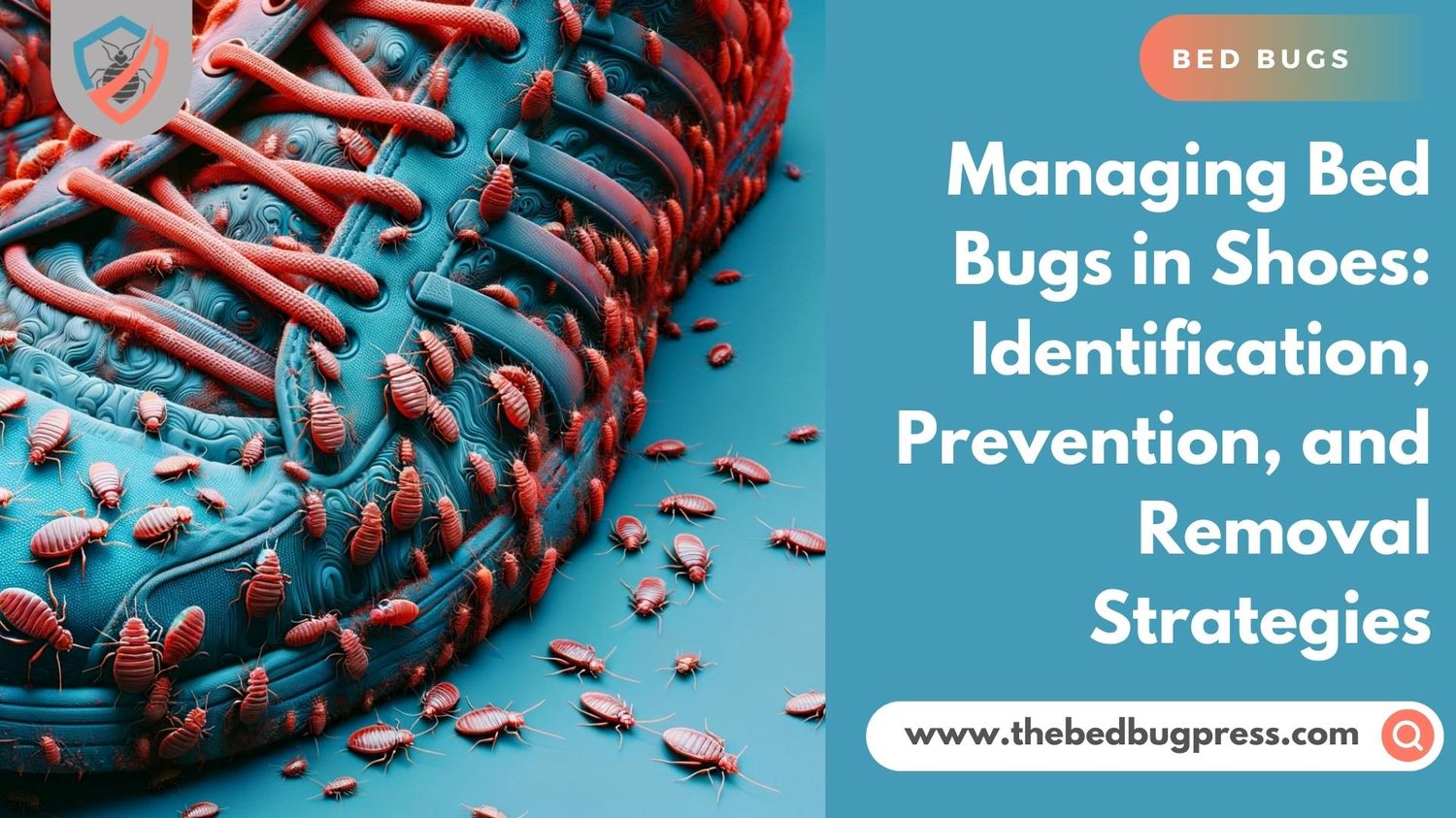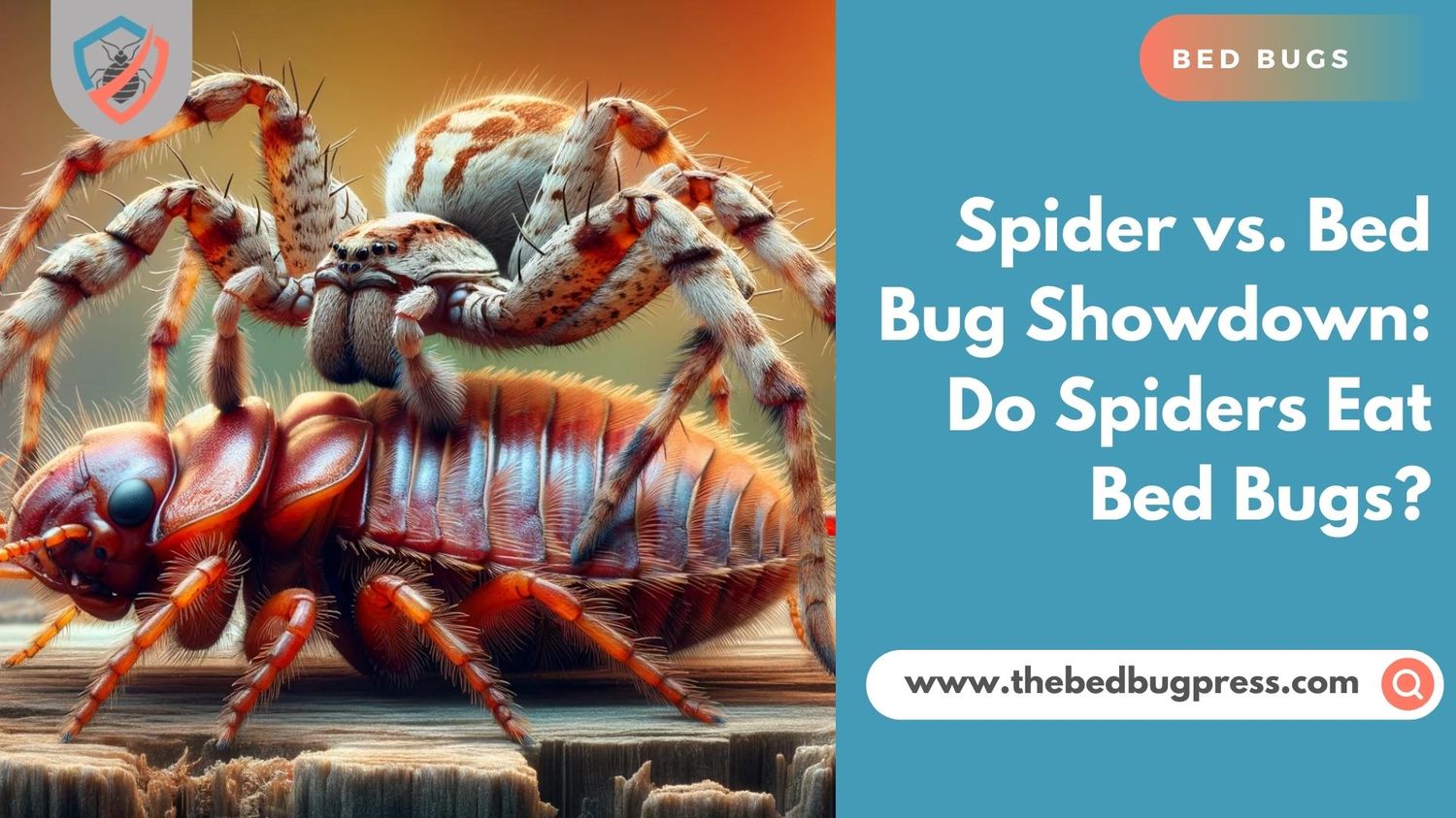Have you noticed red patches appearing on your skin recently? If so, it could be caused by either bed bug bites or a poison ivy rash. It can be difficult to determine which one is the culprit, however, there are subtle differences between the two that can help you differentiate.
In this article, we will explore the differences between how poison ivy rashes and bed bug bites occur, how to recognize the symptoms of both, and what treatments are available.
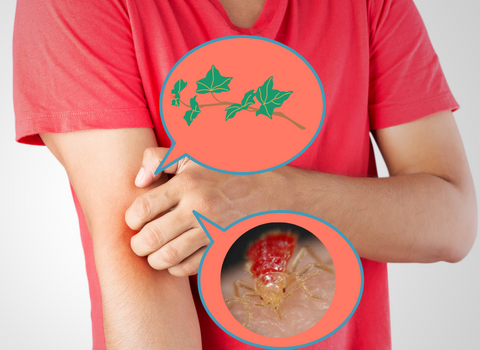
Bed Bug Bites or Other Bug Bites? How to Tell the Difference
Understanding the difference between bed bugs bites and other insect bites can help you determine which one is causing your discomfort. Bed bugs are small parasitic insects that feed on human blood, typically while you sleep. These reddish-brown parasites are most often found in mattresses, furniture, and upholstery.
Bed bug bites tend to appear as red raised welts in a line or zig-zag pattern on the skin. The bites may have a central red spot surrounded by an inflamed area or two raised bumps that form at the bite site. Bed bug bites usually cause an itchy sensation but generally aren’t painful.
Other bug bites occur when an insect stings or bites someone, such as a mosquito bites, flea bites, tick bites, spider bites, or ant bites. They tend to present as singular bumps or welts with some swelling associated with them. They’re usually painful rather than itchy and will often blister within 24 hours after being bitten by the insect.
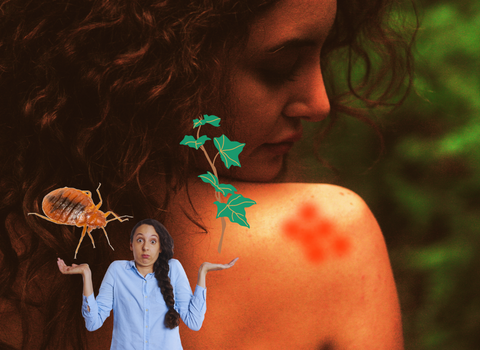
What’s The Key Difference Between Bed Bug Bites and Poison Ivy?
The key difference between bed bug bites and poison ivy is that bed bug bites are caused by an insect bite, while poison ivy is caused by contact with the leaves or sap of a specific type of plant.
Bed bug bites usually occur in clusters and can be identified by the presence of small red raised welts in a line or zig-zag pattern on the skin. They are generally itchy without much swelling and will often stay around for several days before disappearing.
Poison ivy, on the other hand, is caused when one’s skin comes into contact with the oil found in poison ivy’s leaves or sap. This oil contains an allergen known as urushiol which can cause redness and swelling as well as intense itching and blisters that come and go within a few days.
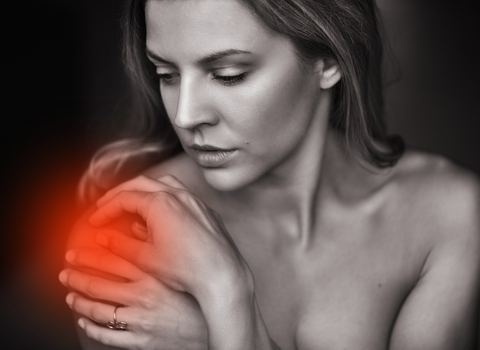
Are Bed Bug Bites and Poison Ivy Different or Alike?
Bed bug bites and poison ivy are different in many ways, however, there are some similarities between them.
The main difference is that bed bug bites are caused by an insect bite, while poison ivy is triggered by contact with a specific type of plant.
Bed bug bites usually appear in clusters and create red raised welts in a line or zig-zag pattern on the skin.
Poison ivy, on the other hand, causes redness and swelling as well as intense itching and blisters that come and go within a few days when one’s skin comes into contact with the oil found in its leaves or sap.
The two also have similar symptoms such as redness and itching which can make diagnosis difficult. Therefore, it is important to speak to your doctor for a proper diagnosis before taking any action.
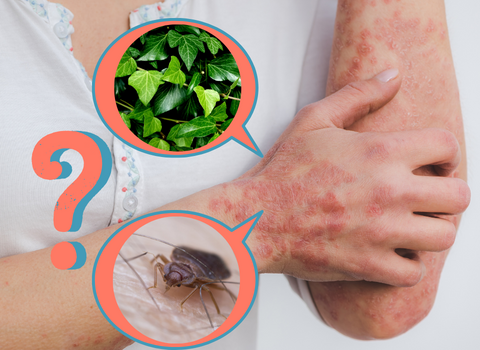
Can a Bug Bite Mimic the Symptoms of Poison Ivy?
A bug bite can mimic the symptoms of poison ivy in some cases. It is possible for an insect bite to cause redness, swelling, and intense itching similar to that of poison ivy. Therefore, it is important to speak to your doctor for a proper diagnosis before taking any action.
In addition, there are physical differences between bug bites and poison ivy which can help you differentiate between them.
Bug bites typically occur in clusters while poison ivy rash shows as a continuous line or zig-zag pattern on the skin. Poison ivy may also show up as blisters which bug bites don’t generally produce.
Do Bed Bugs Carry the Same Risks as Poison Ivy?
Bed bugs carry different risks than poison ivy. Bed bug bites can look like an annoying and itchy rash, and in some cases can cause allergic reactions or infection in sensitive individuals. Poison ivy rash, on the other hand, is typically caused by contact with the plant’s oil and may cause redness, swelling, blisters, and intense itching.
It is important to note that while both insect bites and poison ivy can result in similar symptoms, they are two separate issues requiring different treatments. When faced with either condition it is important to speak to your doctor for a proper diagnosis before taking any action.
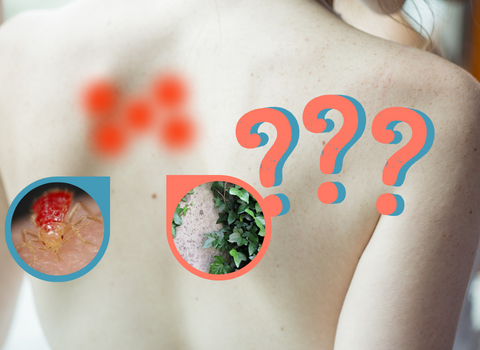
How to Tell If It’s a Bug Bite or Poison Ivy Rash?
There are a few ways to tell the difference between a bug bite and poison ivy rash. Firstly, bug bites typically occur in clusters while poison ivy rash shows as a continuous line or zig-zag pattern on the skin. In addition, bug bites don’t typically cause blisters whereas poison ivy can present with this symptom.
It is important to note that some insect bites may cause redness, swelling, and intense itching similar to that of poison ivy. Therefore, it is important to speak to your doctor for a proper diagnosis before taking any action.
Comparing Poison Ivy and Bug Bite Symptoms
Poison ivy and bug bites both have common symptoms, including redness, swelling, itching, and blistering. However, there are some key differences in terms of the severity and presentation of these symptoms.
For example, poison ivy rash often follows a zig-zag pattern on the skin whereas bug bites usually appear in clusters. Bug bites also typically cause inflammation and mild itching only, whereas poison ivy may cause severe itchiness and further irritation such as blisters.
When faced with either condition it is important to speak to your doctor for a proper diagnosis before taking any action.
Symptoms of Poison Ivy
Poison ivy is an itchy, irritating rash caused by contact with the leaves, stems, and roots of poison ivy plants. Common symptoms include redness, swelling, and itching. Blisters may form in some cases. The rash can last up to two weeks if not treated properly.
Bed Bug Bite Symptoms
Bed bug bites cause small red bumps that appear in clusters or lines on the skin. People who are bitten may experience itching and swelling around the site of the bite. Bed bug bites typically don’t spread any diseases but can be very uncomfortable for those affected.
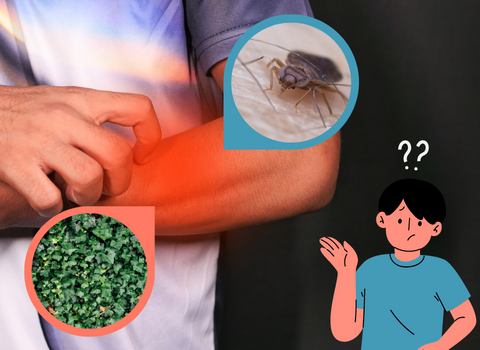
Types of Bed Bugs and Their Bite Marks
Bed bugs come in a variety of shapes, sizes, and colors. The most common form is the reddish-brown common bed bug, but there are also other variations such as the black tropical bed bug or the yellow Asian bed bug.
The size of a bed bug’s bite mark depends on its size and species. Common bed bugs leave behind small marks, while larger varieties may produce larger bites or multiple bites close together. All types of bed bugs leave red itchy welts that can be accompanied by an inflamed area or two raised bumps at the bite site.
In addition to the physical appearance of their bite marks, one way to identify a bed bug infestation is to look for evidence of these pests around your home.
Common signs include brown spots along walls or mattresses (bed bugs excrete as they feed), tiny eggs that have been laid near mattress seams, and dark spots along baseboards or furniture (these are adult bed bugs).
Varieties of Poison Ivy Plants
Poison ivy plants grow all over North America and come in various shapes, sizes, and colors depending on location. They all contain urushiol oil which triggers an allergic reaction when touched by sensitive skin. Poison ivy can exist as a vine, a shrub, or even a ground cover plant.
Potential Complications of Bed Bug Bites
Bed bug bites typically don’t spread any diseases, but they can cause some complications including skin infections, secondary bacterial infections, and an allergic reaction known as anaphylaxis. People with a weakened immune system are more prone to developing serious complications from bed bug bites.
Possible Consequences of Poison Ivy
Touching poison ivy can cause an itchy and irritating rash which can last up to two weeks if not treated properly.
Certain individuals may have a severe allergic reaction which could lead to swelling of the throat and difficulty breathing. Infections can also occur if the rash is scratched or broken open.
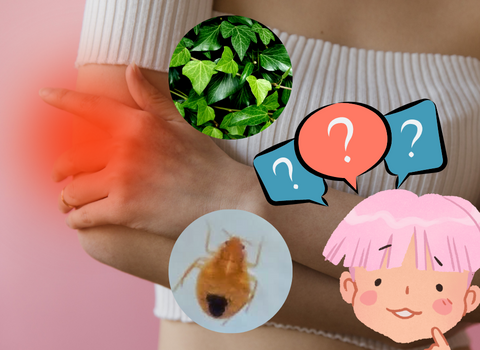
How to Prevent Bed Bug Infestations
To prevent bed bugs from infesting your home or business, regular inspections should be done for signs of activity.
Vacuuming regularly, using mattress or box spring covers, laundering linens and clothing in hot water, steaming furniture and carpets, sealing cracks and crevices in walls and floors, and removing clutter where bed bugs may hide are also useful preventative measures.
Strategies for Avoiding a Poison Ivy Rash
The best way to avoid contact with poison ivy plants is simply by learning how to identify them and steering clear whenever possible.
Wearing long-sleeved clothing when outdoors in areas where poison ivy exists helps reduce exposure risk while gardening gloves can be worn when handling plants, you suspect may be poisonous.
To remove the oil from surfaces that may have come into contact with poison ivy, use soap and water or rubbing alcohol as soon as possible after exposure.
Treatment for Bed Bug Bites
If you suspect you may have been bitten by a bed bug, seek medical attention if experience any serious reactions or health complications. Mild reactions may be alleviated with anti-itch medications such as hydrocortisone cream and oral antihistamines. Cold compresses and calamine lotion may also be applied to reduce swelling and itching in the affected area.
Methods of Relieving a Poison Plant Rash
To treat poison ivy rashes, it is important to clean the affected area immediately with soap and water or rubbing alcohol. Antihistamine pills or creams can provide relief from itching and swelling, while cold compresses can help reduce discomfort. In more severe cases, a doctor may prescribe oral steroids or stronger topical medications to reduce inflammation and irritation.
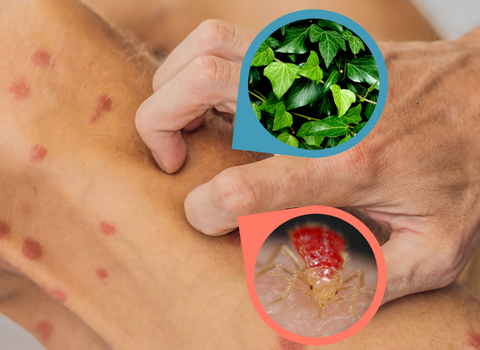
What to Look for When Identifying Bed Bug Bites?
Bed bug bites are often hard to identify since many other insects or conditions can cause similar symptoms. Knowing the signs and symptoms of a bed bug bite is an important step in determining if you may have an infestation.
Bed bugs will typically bite exposed skin while you’re sleeping, including areas of your arms, neck, face, hands, legs, and feet. Depending on the individual’s sensitivity level and the severity of the infestation, bed bug bites may appear as red bumps or raised welts. They often cause severe itching that can lead to secondary infections due to excessive scratching.
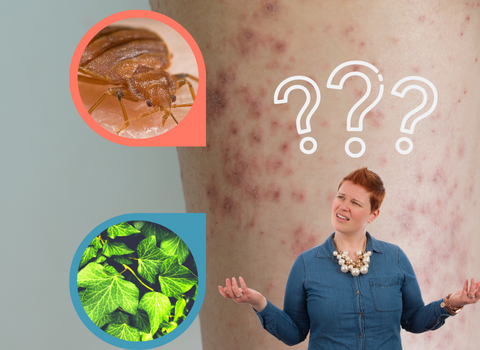
Can Scratching Bed Bug Bite Cause Further Infection?
Scratching bed bug bites can cause further infection. When bed bugs bite humans, the saliva that is injected into the skin contains an anticoagulant and anesthetic agent which allow the insect to feed without causing much irritation.
However, if human skin is scratched or irritated due to excessive itching or scratching at the bites, it can lead to inflammation and possible infection. It is important to avoid scratching at any insect bite as this may lead to open sores that are vulnerable to secondary infections from bacteria present on the hands and within the environment.
